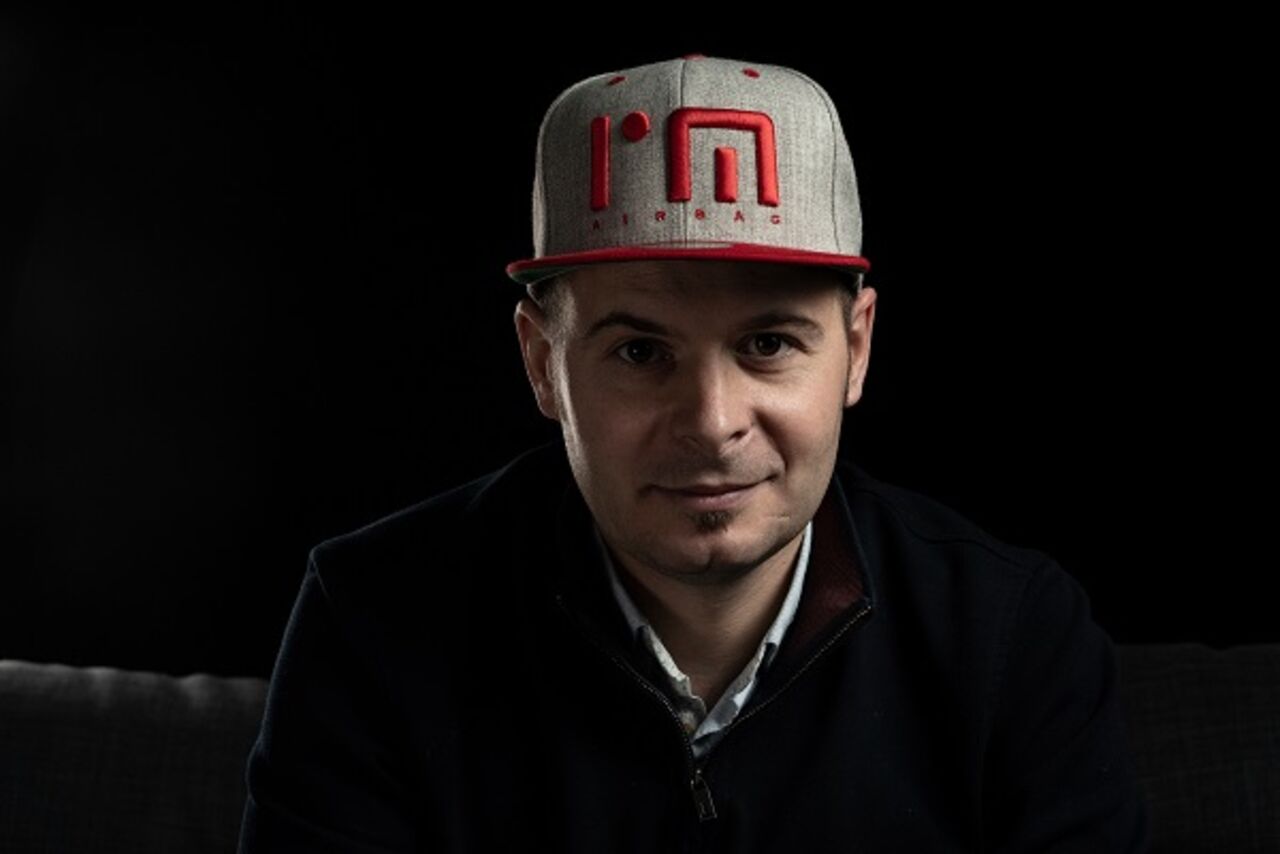Joint interview with Pierre-François Tissot, co-founder of the start-up In&motion, and Pierre-Jean Anoux, director of the LBA (Laboratory of Applied Bio-mechanics). The two worked together in 2020 on the development of intelligent airbags for motorcyclists.
Can you tell us more about In&motion?
Pierre-François Tissot: Founded in 2014 by 3 engineers from ECAM, [ECAM Lasalle School of Engineering], In&motion designs airbag protection systems for motorcyclists, horse-riders and skiers, to reduce the risk of injury in the event of a fall or an accident. Our flagship product is the airbag for motorcyclists. Our philosophy is to look for existing solutions and to adapt them to our imperatives, i.e., to reduce the number of injuries and fatal road accidents.
How did you two meet?
Pierre-François: We discovered the LBA through articles on the protection of motorcycles. We detected a considerable level of expertise at LBA, which incited us to contact them. There were only three of us then, the time we could devote to R&D was very limited, so we got in touch with Pierre-Jean Arnoux, the director of LBA, to call on their expertise. We were won over by their willingness to work with a small company such as ours. Thanks to their proactiveness, things move forward very rapidly.
What are the advantages of working with a research institute?
Pierre-François: Our project called on three areas of know-how: modelling, life-size crash tests and cutting-edge bio-mechanical expertise. All these aspects are very difficult to bring together under one roof. The multi-disciplinary knowledge of a research institute allowed us to take advantage of a broad range of skills which are rarely found all together in one company, even in a major group. It therefore corresponded perfectly to our needs.
In addition to that, Université Gustave Eiffel is fully connected to its ecosystem, which is a considerable advantage. It’s true that our direct customers are not familiar with your university, but having the Université Gustave Eiffel ‘stamp’ was a key point in our dealings with insurers, for example.
Lastly, from a financial point of view, LBA contributed to the feasibility of our project, both in providing its help to obtain European funding, or in its flexibility in terms of invoicing, by waiting until we had the necessary cash flow to pay certain bills.
There is a very obvious difference between working with a design office and working with a research institute. When you work with a design office, you agree on a specifications brief and short-term lead times; when you work with a research institute, they are willing to invest in the long-term. Research can lead us down other paths than those initially chosen. The laboratory can be more flexible and can allocate the right resources more rapidly to go further with matters which might not have been part of the initial plan. When you work on a disruptive product, you must also know how to take the time to explore things in depth and open new doors.
What are the advantages for researchers of working with SMEs?
Pierre-François: Researchers need to understand that a small company does not necessarily mean a lack of cash; on the contrary, for investment in R&D, SMEs have a capital raising leverage power that sometimes exceeds major groups. When it comes to a highly specific subject, the R&D teams of major groups are often smaller than those in start-ups. What’s more, unlike major groups with legal departments and more restrictive confidentiality agreements, SMEs are perhaps less reluctant to entrust their ideas to the PhD students at LBA.
Pierre-Jean Arnoux: There are several advantages. Firstly, collaboration is essential, because it allows us to maintain the momentum of the laboratory in terms of research training, by providing funding for theses. Secondly, it enables us to support the implementation of practical and helpful solutions and thus play a useful role in society. This is a key factor for many of the laboratory’s researchers.
What are the drawbacks of working with a research institute?
Pierre-François Tissot: Company time and research time are not the same, which is something which needs to be explained clearly to our partners. Profitability must be measured from a global perspective, it’s irrelevant to take only the financial aspect into account. Working with a research institute also provides more weight in terms of credibility and opportunities, etc.
Pierre-Jean Arnoux: Researchers really have to accept the relationship with the SME as a partnership and be ready to show a certain degree of flexibility by providing a boost from time to time and by working on areas which were not initially planned.

